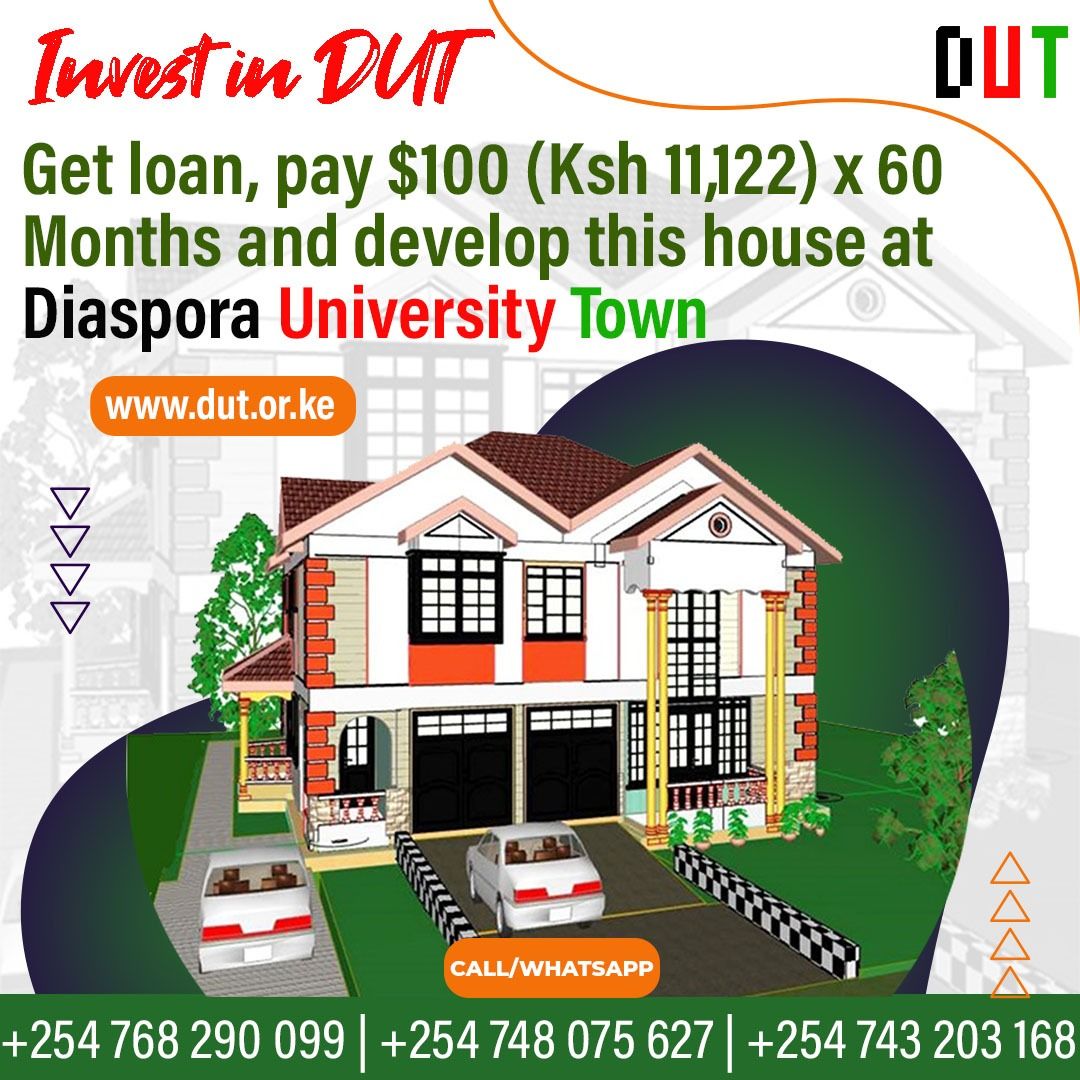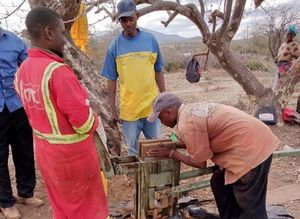For Kenyans to meet their economic, social and environmental rights they created the money resource through the Central Bank of Kenya (CBK). Today millions of Kenyans are not meeting their constitutional rights of food, housing, healthcare, clean environment and others. Money resource established in accordance with Kenya Constitution 231 is a resource that makes land resource and human resource productive to meet constitutional rights.
Kenya constitution 231 reads, “(1) There is established the Central Bank of Kenya. (2) The Central Bank of Kenya shall be responsible for formulating monetary policy, promoting price stability, issuing currency and performing other functions conferred on it by an Act of Parliament. (3) The Central Bank of Kenya shall not be under the direction or control of any person or authority in the exercise of its powers or in the performance of its functions. (4) Notes and coins issued by the Central Bank of Kenya may bear images that depict or symbolise Kenya or an aspect of Kenya but shall not bear the portrait of any individual. (5) An Act of Parliament shall provide for the composition, powers, functions and operations of the Central Bank of Kenya.”
Money resource, in Kenya, consists of the printed currency notes and coins supplied by CBK and the digital money through systems like MPESA. The second money resource is the loans issued by CBK. An example is the CBK loan to Kingdom Bank of Kshs 20 billion at zero interest rate.
The third money resource is the deposits in the banking sector that result from land, human and money resources productivity. The deposits in Kenya at the close of 2020 were at Kshs 4 trillion. These deposits created loans of Kshs 3 trillion by the end of 2020. The fourth money resource is the foreign money remitted to Kenya, foreing money invested in Kenya or foreign money loaned to Kenya.
Money resource facilitates the productivity of the human resource and land resource. Collectively, land, human and money resources produce the economic and social rights while preserving the environment as established in Kenya Constitution 42, 43 and 53.

Kenya land resource as per Kenya Constitution includes— (a) the surface of the earth and the subsurface rock; (b) any body of water on or under the surface; (c) marine waters in the territorial sea and exclusive economic zone; (d) natural resources completely contained on or under the surface; and (e) the air space above the surface.
The Kenya human resource is the intellectual and physical capabilities of the people of Kenya. Through time Kenyans apply their human resource to produce their needs. Kenya with a population of 50 million has about 55% of 26 million people. At an average of 2,000 hours of time input a year, the Kenya human resource is about 52 billion hours a year.
Kenya Constitution 42 reads, “Every person has the right to a clean and healthy environment, which includes the right— (a) to have the environment protected for the benefit of present and future generations through legislative and other measures, particularly those contemplated in Article 69; and (b) to have obligations relating to the environment fulfilled under Article 70.
Kenya Constitution 43 reads “(1) Every person has the right— (a) to the highest attainable standard of health, which includes the right to health care services, including reproductive health care; (b) to accessible and adequate housing, and to reasonable standards of sanitation; (c) to be free from hunger, and to have adequate food of acceptable quality; (d) to clean and safe water in adequate quantities; (e) to social security; and (f) to education. (2) A person shall not be denied emergency medical treatment.”
Kenya Constitution 53. Reads, “(1) Every child has the right— (b) to free and compulsory basic education; (c) to basic nutrition, shelter and health care; (d) to be protected from abuse, neglect, harmful cultural practices, all forms of violence, inhuman treatment and punishment, and hazardous or exploitative labour.”







